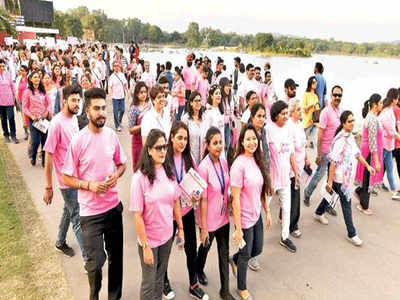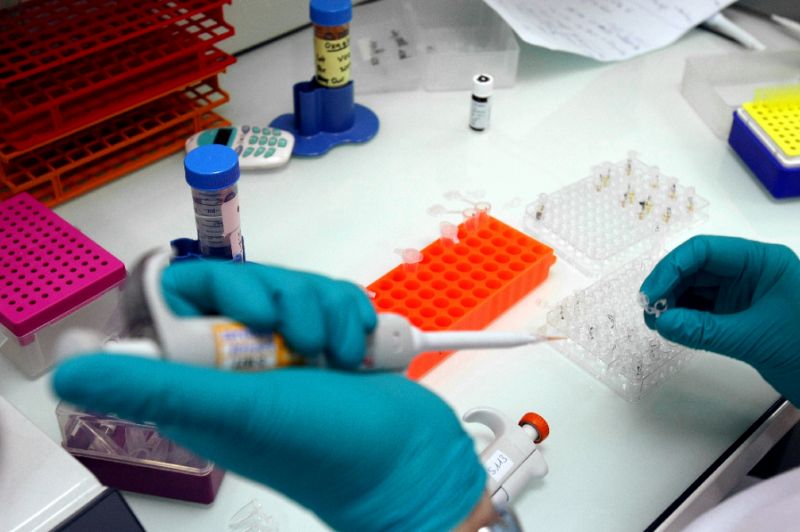New Delhi|Ekta Purohit
Prime Minister Narendra Modi’s dream to connect Indian health treatment system to digital technology has growing in country and the latest example is research done by Neurologists of All India Institute Medical Science, New Delhi.
AIIMS has revealed that video recording the seizure of epilepsy patients by the family members or their care takers immensely helps the doctors in treating them. The study has discovered that home videos were more reliable in picking semiological signs and classifying epilepsy type than the history provided by caregivers of patients for better treatment.
Neurologists from AIIMS tried this on more than 340 patients and results are promising.
While talking with HealthLive Dr.Manjari Tripathi, Professor at Department of Neurology, AIIMS told that “ study through videos helped us to identify epilepsy type from which the patients were suffering. A larger number of patients were correctly categorized into focal epilepsy group when home videos were used for classification compared to when medical history was used.
The doctors asked caregivers of persons with epilepsy, who were waiting for admission to the Epilepsy Monitoring Unit (EMU), to record the patient’s symptoms and fill-up questionnaire detailing them. The result was then compared to findings from video electroencophalography (VEEG).
The home videos end discrepancies in description of seizures and help medical professionals in correctly classifying type and syndrome. “It also guides the physician in starting the appropriate antiepileptic drug for the patient said Dr.Tripathi.

In patients with drug resistant epilepsy, the description of semiology also helps in the lateralisation and localisations of the possible ictal zone. This is important for building a hypothesis before the patient undergoes other pre-surgical investigation for epilepsy surgery,” added Dr Tripathi.
The findings of the study have been published in the latest issue of Epilepsy Research, an international medical journal. Researchers have pointed out that caregiver’s description of epileptic attack could be flawed due to factors such as anxiety, distress, alarm and confusion during the attack.
In the AIIMS study, involving 340 patients having mean age of 26.76 +- 7.5 years, doctors said parents were the most common caregivers (82%), followed by siblings (6.8%) and spouses (4.4%). The majority of the caregivers had only primary school education (36.2%), followed by significant proportions who were uneducated (28.8%). Only 22.3% had secondary school education and 12.6% were graduates or post-graduates.
Dr.Tripathi further told concerning the most common fact about epilepsy patients that when patients come to them with an epileptic attack, they try to put a shoe, spoon or onion by their caretakers they don’t know about the right first-aid. We suggest that while first aid must be done but, if possible, caregivers should also record the physical changes or symptoms. This is because treatment of epilepsy is based only on clinical symptoms and not diagnostic findings alone,” Dr Tripathi said.
More than 10 million persons with epilepsy in India and many of them don’t receive appropriate treatment.
Dr.Manjari also added that ‘We have proposed a National Epilepsy Control Programme. The main objective of this programme is to promote public awareness about epilepsy, alleviation of myths and misconceptions and to enhance prevention.










